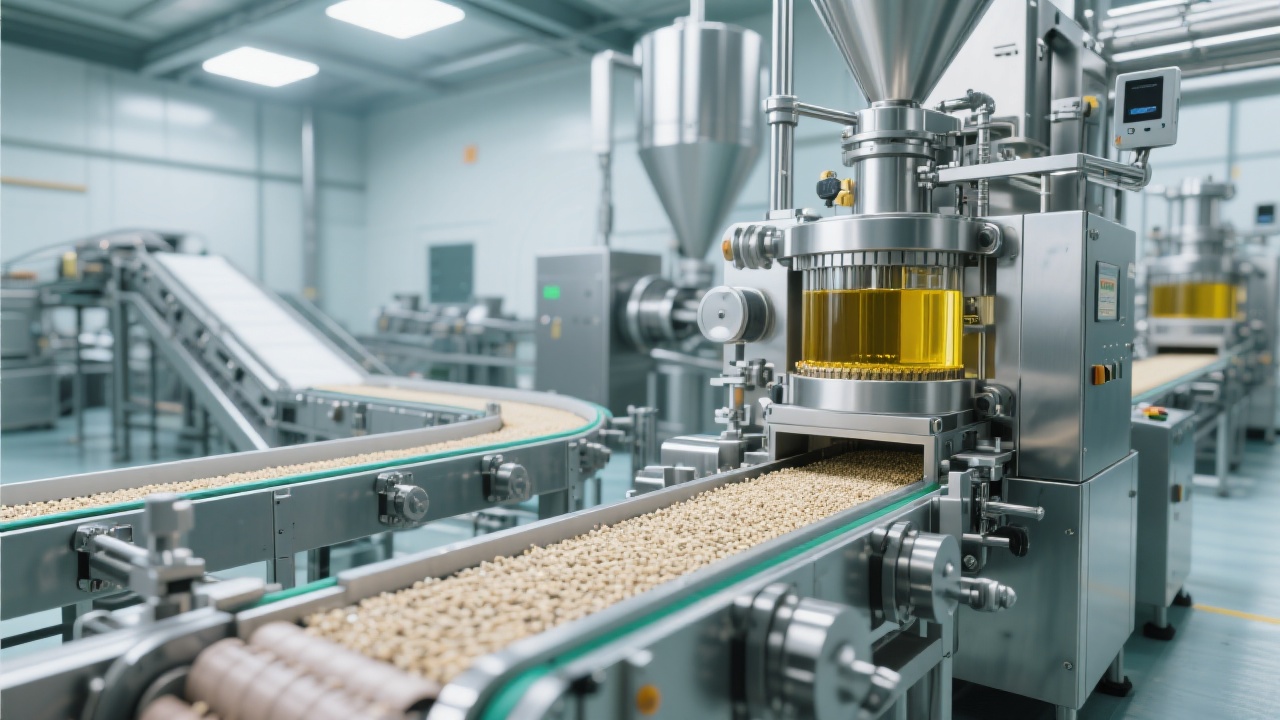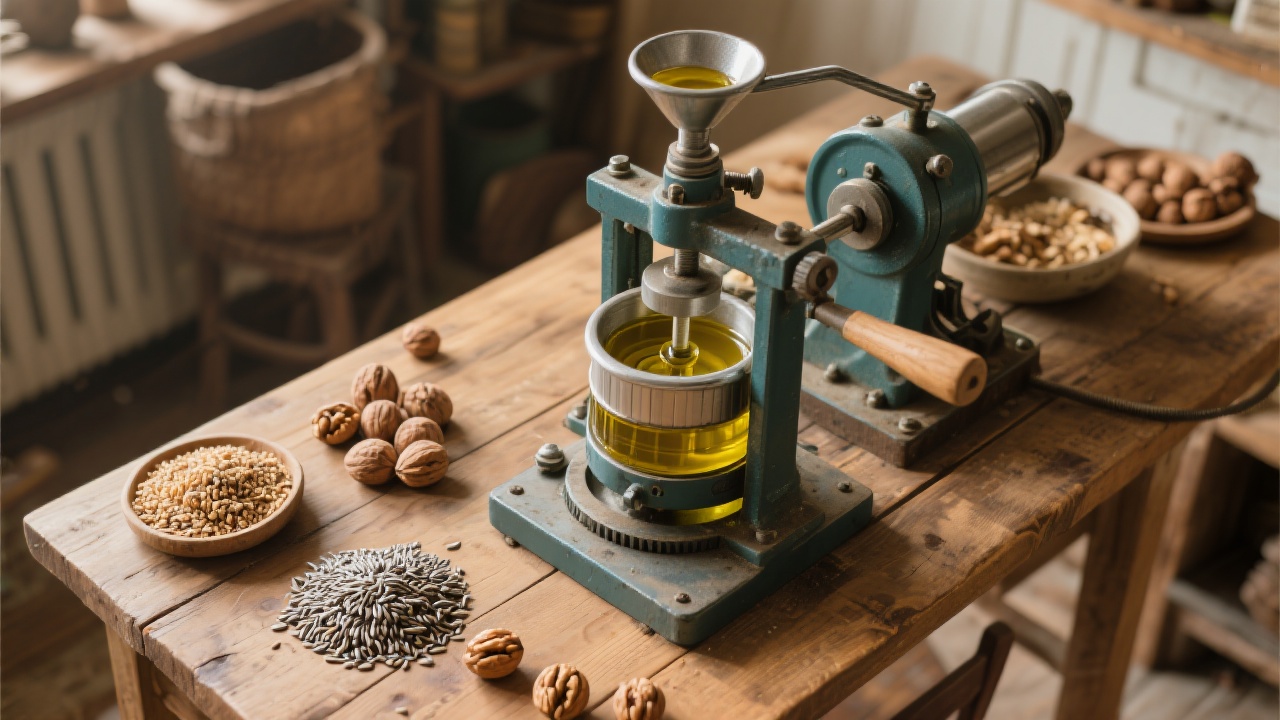
When it comes to high - quality sesame oil for the export market, you might be wondering which production process is the best. The two main methods of producing sesame oil are cold - pressing and hot - pressing. Let's delve into the differences between these two processes to help you make an informed choice.
Cold - pressing is a low - temperature extraction method. Usually, the temperature is controlled below 60°C. At this temperature, the core nutrients in sesame oil, such as vitamin E, linolenic acid, and oleic acid, are well - preserved. Vitamin E is a powerful antioxidant that can help prevent cell damage. Linolenic acid and oleic acid are unsaturated fatty acids, which are beneficial for heart health. According to a study in a food science journal, cold - pressed sesame oil can retain up to 90% of vitamin E and over 80% of unsaturated fatty acids.
On the other hand, hot - pressing involves higher temperatures, often above 120°C. While this method can increase the oil yield, it may also damage some of the nutrients. High temperatures can cause the oxidation of vitamin E and the decomposition of unsaturated fatty acids. As a result, the hot - pressed sesame oil may have a lower nutrient retention rate, with vitamin E retention dropping to about 60% and unsaturated fatty acids to around 65%.

| Indicator | Cold - Pressed Sesame Oil | Hot - Pressed Sesame Oil |
|---|---|---|
| Nutrient Retention Rate | High (e.g., 90% vitamin E) | Relatively low (e.g., 60% vitamin E) |
| Aroma Intensity | Natural and delicate | Stronger, but may have a slightly burnt smell |
| Cost | Higher due to lower yield | Lower due to higher yield |
| Applicable Scenarios | Home cold dishes, high - end catering | Industrial raw materials |
Many high - end restaurants prefer cold - pressed sesame oil for seasoning. The reason is that the cold - pressed oil can bring out the natural flavor of the dishes without overpowering them. The delicate aroma and high nutritional value make it a perfect choice for chefs who are looking to create healthy and delicious meals. For example, a well - known French restaurant in Paris uses cold - pressed sesame oil in their signature salad dressing, which has received rave reviews from customers.
In the industrial field, hot - pressed sesame oil is often used as a raw material. Its lower cost and higher yield make it suitable for large - scale production. For instance, in the production of some processed foods, hot - pressed sesame oil can be used as a flavor enhancer.

If you want to make your own sesame oil at home, cold - pressing is a great option. You can use a small electric oil press. These presses are easy to operate and can produce high - quality oil. When using the press, make sure to control the temperature. You can start the press at a lower speed to keep the temperature down. After pressing, store the oil in a dark glass bottle in a cool place to maintain its freshness and nutritional value.
In conclusion, both cold - pressed and hot - pressed sesame oils have their own advantages. Cold - pressed sesame oil is ideal for those who value health and natural flavor, while hot - pressed sesame oil is more suitable for industrial applications. Whether you are looking for a high - quality oil for export or for home use, understanding the differences between these two processes can help you make the right choice. Are you ready to explore the world of high - quality sesame oil? Click here to discover our premium sesame oil products!
We'd love to hear your thoughts. Do you prefer cold - pressed or hot - pressed sesame oil? Share your experiences in the comments below!

